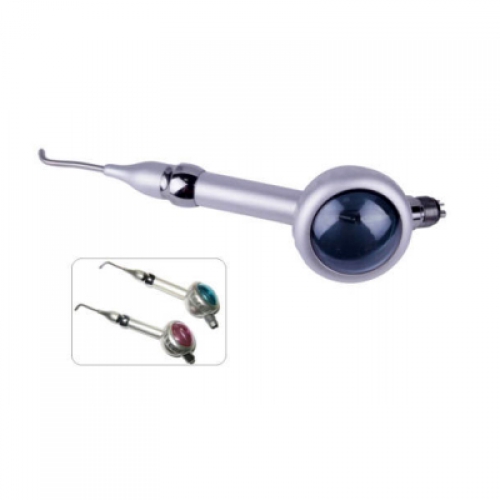With your dental health, as well as with your physical health, accidents and sudden aches and pains happen. When trauma to your teeth, gums, jaw or face occur or if sudden, severe or persistent pain is present, you should see your dentist right away.
If your tooth gets knocked out, it is important to find the tooth and go to the dentist immediately. If you wait too long for a dentist to put your tooth back it, it will die and will need to be replaced by an implant and crown. It is estimated that you have an hour-long window to reinsert your tooth before it is lost and unusable. If you lose a tooth, gently wash it off with cold water and try to reposition it back in your mouth, gently biting down to hold it in place. If you’re not able to place it in your mouth, place the tooth in some milk. Don’t set it in water.
Braces are a common orthodontic dental alignment treatment commonly found in teens and some adults. Braces have metal wires and brackets that can become lose and brake. A broken metal wire is sharp and can cause injury to the inside of the cheeks, gums and the tongue. The broken part of the braces will need to be promptly removed and replaced by a dentist or orthodontist to prevent further damage and irritation. Before going to the dentist or orthodontist, cushion the edge of the broken piece to avoid additional injury to the mouth.
Sports, accidents, falls and biting hard objects all have the potential to crack, fracture and break teeth. Broken teeth are the most common dental emergencies. Fortunately, a broken tooth can be easily fixed by a dentist using dental bond. If you brake a tooth, locate the pieces and carefully clean them as well as the tooth. If the tooth was broken due to impact or trauma to the mouth, nose or face, apply a cold compress on the area to reduce the swelling( dental equipment).
Sometimes the bonding that fills in cavities can become lose and get dislodged, causing the tooth to become exposed to pressure, air, cold and heat. This exposed part of the tooth will be extremely sensitive so pain is often accompanied when a filling is lost. Similarly, if a tooth is covered by a crown, it becomes sensitive. To maintain the stability and integrity of the tooth, it is important that you see the dentist as soon as possible. If you find the crown, rinse it off and bring it with you.
Dental emergencies are very common. An underlying infection may be present or the damage due to the accident can cause further damage if not promptly treated. A dental emergency is one in which the patient’s tooth or teeth are at risk of being lost, there is much bleeding and/or there is severe, inhibiting pain.
